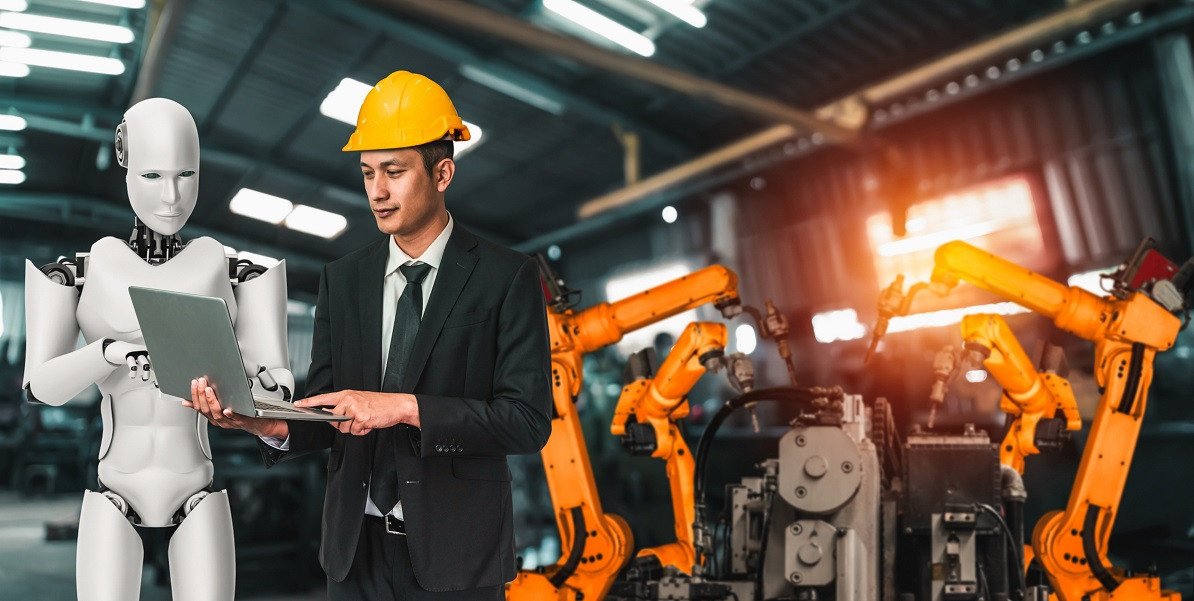The Impact of AI on Employee Posture Monitoring: Promoting Health and Well-being in the Workplace
Introduction:
Maintaining good posture is crucial for the health and well-being of employees, particularly in today's modern work environments where sedentary desk jobs are prevalent. Prolonged sitting and poor posture can lead to various musculoskeletal issues and long-term health problems. However, with the advancements in artificial intelligence (AI), organizations now have access to innovative solutions for employee posture monitoring. This article explores the profound impact of AI on employee posture monitoring, highlighting the benefits it brings in promoting healthier work habits and enhancing overall well-being.

- Real-time Posture Analysis:
AI-based posture monitoring systems utilize advanced computer vision techniques to analyze employees' postures in real-time. These systems can detect and track various aspects of posture, such as spinal alignment, shoulder position, and ergonomic positioning of the workstation. By continuously monitoring employees' posture, AI-powered systems can provide immediate feedback and alerts when poor posture is detected. This real-time analysis encourages employees to make necessary adjustments, promoting better posture habits throughout the workday.
- Personalized Feedback and Coaching:
AI-powered posture monitoring systems can offer personalized feedback and coaching to individual employees. By combining computer vision with machine learning algorithms, these systems can learn and understand each employee's unique postural habits and needs. This personalized approach allows the system to provide customized recommendations and reminders specific to each employee, helping them correct their posture effectively. Over time, employees can develop better posture habits with the assistance of AI-based coaching.
- Wellness Tracking and Insights:
AI-enabled posture monitoring systems can collect and analyze data on employees' postural habits over extended periods. This data can provide valuable insights into overall wellness trends within an organization. For example, organizations can identify common postural issues or trends that may contribute to employee discomfort or musculoskeletal problems. With this information, proactive measures can be taken, such as implementing ergonomic workstation adjustments, providing targeted training, or organizing wellness programs to address specific postural challenges.
- Gamification and Engagement:
AI-based posture monitoring systems can incorporate gamification elements to make the process of improving posture more engaging and enjoyable for employees. By turning posture correction into a game-like experience, employees can be motivated to maintain good posture throughout the day. Gamification can include rewards, challenges, and progress tracking, fostering a sense of competition and achievement among employees. This approach not only promotes better posture but also enhances employee engagement and well-being.
- Long-term Health Benefits:
The impact of AI on employee posture monitoring goes beyond immediate corrections. By encouraging better posture habits, these systems contribute to long-term health benefits for employees. Good posture helps reduce the risk of musculoskeletal disorders, improves circulation, enhances breathing, and supports overall physical well-being. By proactively addressing posture-related issues with AI-powered systems, organizations can create a healthier and more comfortable work environment, leading to increased productivity and reduced absenteeism due to posture-related ailments.
Conclusion:
AI has significantly transformed employee posture monitoring, providing organizations with powerful tools to promote healthier work habits and enhance overall well-being. Real-time posture analysis, personalized feedback, wellness tracking, gamification, and long-term health benefits are among the many advantages that AI-powered systems bring to the workplace. As organizations prioritize employee health and wellness, the integration of AI-based posture monitoring systems becomes a valuable investment. By leveraging AI technology, organizations can empower employees to maintain better posture, reduce the risk of musculoskeletal problems, and foster a culture of well-being in the modern workplace.
seo.call-to-action.title
seo.call-to-action.money-back
seo.call-to-action.message


